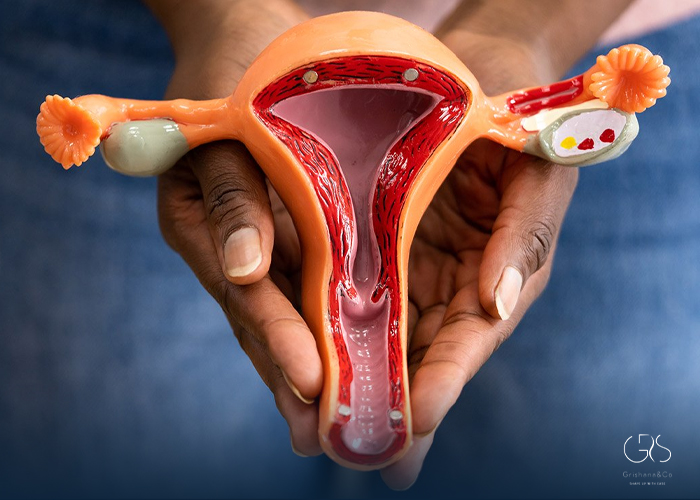Gingivitis is a common oral health condition characterized by inflammation of the gums. It is the earliest stage of gum disease, which, if left untreated, can progress to a more severe form known as periodontitis. Understanding the causes, symptoms, and treatment options for gingivitis is crucial for maintaining good oral hygiene. In this article, we will explore the diverse perspectives surrounding gingivitis and discuss relevant statistics to shed light on the prevalence and impact of this condition.
Statistics on Gingivitis:
Gingivitis affects a significant portion of the population worldwide. Here are some notable statistics related to this condition:
- According to a study published in the Journal of Clinical Periodontology, the global prevalence of gingivitis is estimated to be 50-90% among adults.
- The American Academy of Periodontology reports that nearly 47% of adults aged 30 years and older in the United States have chronic periodontitis, the advanced stage of gum disease that often begins with gingivitis.
- A systematic review published in the Journal of Indian Society of Periodontology highlighted that gingivitis is more prevalent among males than females, with a higher incidence seen in adolescents.
- The Global Burden of Disease Study estimated that severe gum disease affects 743 million people globally. Untreated gingivitis can progress to this advanced stage, leading to long-term oral health complications.
Understanding Gingivitis: Causes and Symptoms:
Gingivitis is primarily caused by the accumulation of plaque on the teeth. Plaque, a sticky film composed of bacteria, food particles, and saliva, can irritate and inflame the gums over time, leading to gingivitis. Poor oral hygiene, hormonal changes, certain medications, and underlying health conditions such as diabetes are common contributing factors to its development.
The symptoms of gingivitis may vary but often include:
- Swollen, tender, or red gums
- Bleeding gums, particularly during brushing or flossing
- Bad breath or a persistent bad taste in the mouth
- Receding gums or the appearance of pockets between the teeth and gums
It is important to note that while gingivitis is reversible with proper oral care, neglecting treatment can result in the progression of gum disease and potential long-term complications.
Treatment and Prevention:
Good oral hygiene practices are essential for preventing and treating gingivitis. A comprehensive dental care routine can include:
1.Regular brushing: Brushing your teeth at least twice a day with a fluoride toothpaste helps remove plaque and prevent its accumulation.

2.Flossing: Daily flossing helps remove plaque from areas that may be missed by brushing alone.

3.Professional dental cleanings: Regular dental check-ups and cleanings can effectively remove plaque and tartar buildup, reducing the risk of gingivitis.

4.Healthy lifestyle choices: A balanced diet, avoiding tobacco products, and managing underlying health conditions can contribute to maintaining good oral health.
For individuals with persistent or severe gingivitis, a dentist may recommend additional treatment options such as antimicrobial mouthwashes, scaling and root planing (a deep cleaning procedure), or antibiotic therapy.
Conclusion:
Gingivitis is a common condition that affects a significant portion of the population globally. The prevalence of gingivitis highlights the importance of maintaining good oral hygiene practices and seeking timely treatment to prevent its progression to severe gum disease. By understanding the causes, symptoms, and treatment options available, individuals can take proactive steps to maintain optimal oral health and prevent the long-term complications associated with gingivitis
Sources
- National Library of Medicine, Three-Dimensional Culture Reduces Cell Size By Increasing Vesicle Excretion
- American Academy of Periodontology, Gum Disease Information










